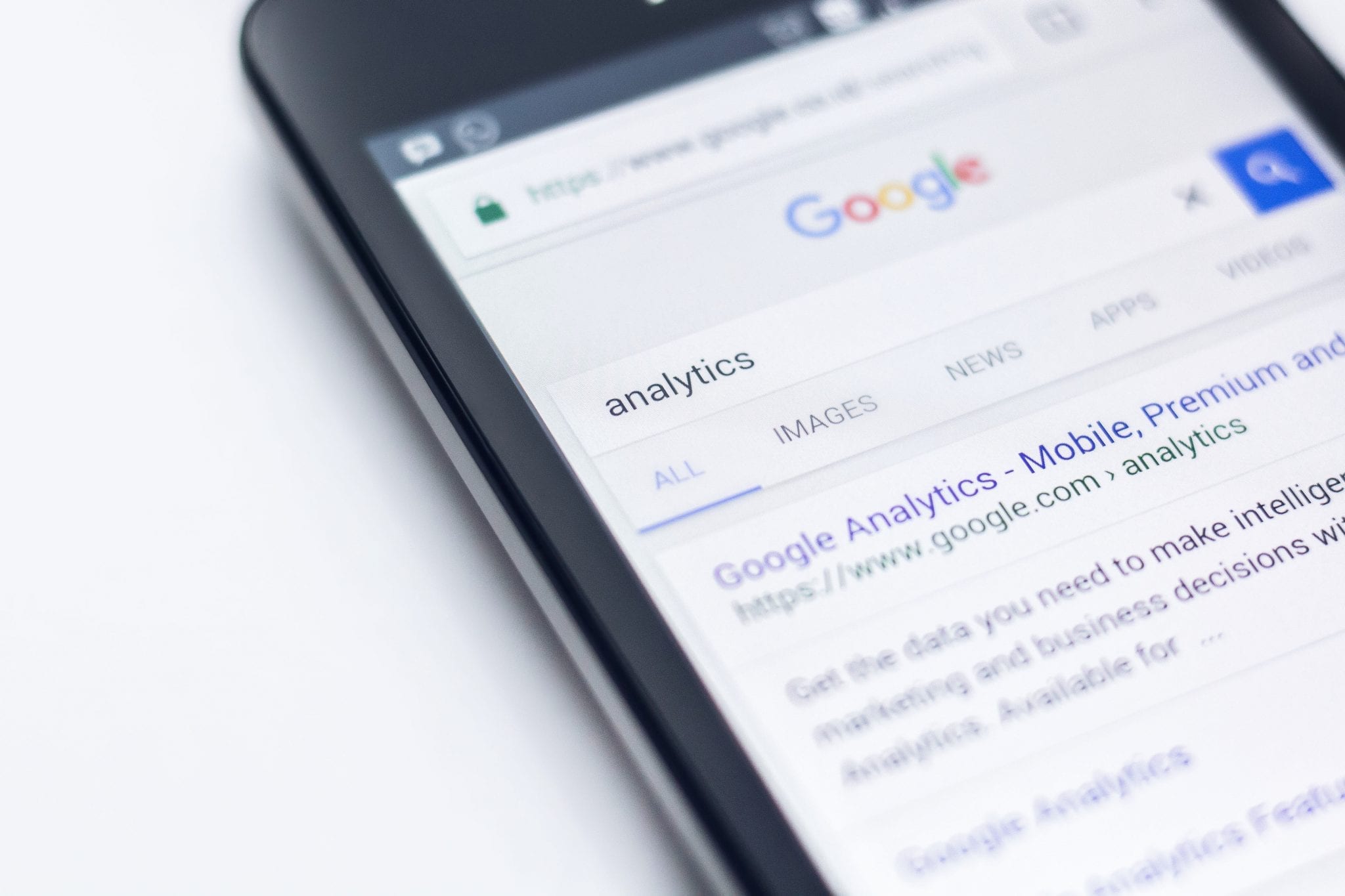On Episode 66 of The Edge of Innovation, we’re talking with Ed Alexander of Fanfoundry.com, about content rich publishing and how it helps with your website’s SEO.

Hacking the Future of Business!

On Episode 66 of The Edge of Innovation, we’re talking with Ed Alexander of Fanfoundry.com, about content rich publishing and how it helps with your website’s SEO.

On Episode 65 of The Edge of Innovation, we’re talking with Ed Alexander of fanfoundry.com about how to optimize your website for SEO.
Today on the Edge of Innovation, we are talking with Ed Alexander, founder of Fan Foundry, about developing your Website Content as well as content segmentation and publishing.

Today on the Edge of Innovation, we are talking with Ed Alexander, founder of Fan Foundry, about Search Engine Results and getting on page one of search results.

Today on the Edge of Innovation, we are talking with Ed Alexander, founder of Fan Foundry, about digital marketing and more!
Paul: Hello, and welcome to the Edge of Innovation. I’m Paul Parisi, your host, and today I have Ed Alexander, founder of Fan Foundry.
Ed: How are you doing? Nice to be here.
Paul: Great to have you.
Paul: So tell me what is Fan Foundry? I mean, is it a sports team thing? Is it…?
Ed: I get that a lot. In fact, one of my… Okay, actually, several of my clients now are in the architecture, engineering-construction space, and I’ve been known to walk the halls at the architecture shows in Boston and when someone sees the word “foundry,” they pull me aside and say, “Oh good. I’ve got these fans that need to be reworked.” There’s nothing mechanical about our business except that the work involved. But no, Fan Foundry was just a product of me spending 5 minutes with thesaurus.com and trying to find some alliterative or other kind of hooky or catchy way—
Paul: When was that?
Ed: … that’s driving how customers happen. That was in December of 2008. So we just past our 7th anniversary. Excuse me, ninth anniversary. Can’t do the math anymore. Calculators are wonderful.
Paul: That’s a long time in the internet space.
Ed: Indeed it is. I parachuted out of a company sale, gave myself a year as a runway, and I was making money in six months and so decided to ride that pony.
Paul: Cool. So Fan Foundry, what is, what is the concept? I mean, I know the words. I mean, it came out of a thesaurus, but what does it, what does it mean? What’s behind it?
Ed: Sure. I understand. The tagline is “How customers happen.” That’s a big tent. There’s lots of room for discussion in there. Your sales people, your marketing people, your service people, and all the technology, and the processes that they employ using those technologies. That whole stack is where we get involved.
Paul: Okay. So the goal is… If you were to summarize it in one sentence, what would you say the goal is?
Ed: Certainly. We help our clients treat their customers well.
Paul: Treat their customers well. So it’s not acquire new customers?
Ed: Oh, sure. When you think about it, as Will Rogers was famous for saying, “A stranger is just a friend I haven’t met.” Likewise, a customer could also be a prospect you just haven’t acquired. So I use the word customer in pretty broad terms.
Paul: Okay. So, you know, we’ve been talking about a couple of different times on the podcast the infrastructure but sort of the world of web marketing and how it works and how it doesn’t work. And everybody is familiar with the term SEO, and you gotta do SEO. But SEO just gets your message… If you had the best SEO in the world and you sold microwave ovens people would be visiting your site about microwave ovens. It doesn’t mean that somebody is going to convert. What do you think about that? I mean, is there a decoupling? I mean, I know they’re together, but there is such a focus on SEO right now. It seems like everybody in the world needs good SEO, and my question is, if you have the best SEO, what are you going to do when the person gets there?
Ed: That’s a great question, and when you use the phrase SEO, search engine optimization, it means many things to many people. Most people at least associate it to some extent with working with your Google Analytics and your Google marketing console to deter— and doing keyword research to figure out what’s the best way to acquire customers, the best way to attract people’s attention with the content on your website.
We also know that, especially in recent years, you’ve found that Google algorithm—
Paul: Changes every day it seems like.
Ed: —changes. And it, you know, certainly I call it the gainful employment act for any SEO consultant. That aside, however, we’re also learning is that Google themselves are placing — I wouldn’t say diminished but — more or less equal emphasis on the, the, that infrastructure piece, the SEO piece, as well as the extent to which people who visit your content actually show respect for it. Meaning, do they come back to it again? Do they spend more time on it? Although it’s deceptive — you may, you being an SEO expert know too — that when a person visits a page on your website but they don’t spend there long, as long as they don’t bounce, meaning leave the site, and they move on to another page, it’s okay they spent a few nanoseconds on the one page where they landed because they’re satisfied enough to delve deeper into your website. That’s good SEO.
What else all makes that happen, however, is that the content, the text, the stories and the lessons and the information that you have to convey are meaningful and useful enough to the person who’s visiting that they really decide it’s worth investing more of their time in your web content. So with the boards on the page and the value of the content that you’re sharing are really, really should, have always been important and prominent. But they haven’t always been given that much attention.
Paul: So, the difficulty, I think, in some of this is, is… You’re a small business. Okay. So let’s talk about small businesses. Big businesses have a lot more latitude, a lot more money to spend, potentially, but let’s say a small, medium-sized business. They have a website. They have Google Analytics. Somebody comes to the site. How would you measure that, whether that’s successful or not? The page that they’ve come to, is it how much time they’ve stayed on it, or is it that they go to the next step?
The Path
Ed: To me, it’s did person go to the next step. Did they visit more content? Did they convert by clicking on a form-fill link, something along those lines. It’s also true that if your content can be consumed in under 10 seconds, it’s okay if that person spent under 10 seconds on the page. I’m really okay with that. Most people think of the bounce as being, okay, I’m satisfied, but… Excuse me, I’m sorry, not the vibe. They travel further into the site as being that the landing wasn’t satisfactory in some way, frankly. It was quite effective because it enticed the person to visit more. They’ve probably gone to the navigation menu to learn more about who you are, what you’re made of, who your customers are, how to get in touch with you and so forth.
What’s to me is more to look at the path that the visitor follows. If your content is intended to get a person with go to a specific next page, and people do that more often than not, the page is successful. If your content, on the other hand, is intended to get them to go to a certain next page, like in the, that I just said, but they go to a scattering of other pages, then maybe you have to think about that messaging and the value proposition that’s on your page.
Paul: So what you’re saying is that the content did not produce the results you wanted.
Ed: Right. And that’s okay. In these days, you know, marketing, everything moves so quickly. I think of that as an example of an experiment, a marketing experiment. If I try to get something to happen and something else happens instead, maybe there’s something about the way I said what I said that interpreted differently in the mind of the visitor. That’s okay. Now I’ve learned.
So, and I think of a company that, a business, even a small business that’s able to punch above its weight using data-driven marketing. They can learn from those mistakes. I don’t call them mistakes. I call them lessons. It’s experience.
Paul: What is data-driven marketing? You just threw that out there, and I want to understand because I’m sure there’s different, there’s different people listening. They’re going to interpret it different ways.
Ed: Absolutely. Just like SEO. Right? It means many things to many people. Yeah, to some folks, data-driven marketing means simply that we look at the reports, and we produce pie charts and it validates the decisions that are made by our executive team. That’s not data-driven marketing. To me, data-driven marketing means you’re looking at all the data that comes in, and you’re learning that there are other opportunities to experiment with the way you present yourselves online. And you can tweak your business and improve results over time based on those experiments and those learnings and those lessons.
Paul: So it’s interactive and iterating?
Ed: Oh, very much so. At the very basic level, I think of, data-driven marketing as, okay, you’ve got the infrastructure. It means you have some way of measuring. Then you have the skills. Right? The people who actually know how to do the interpreting. But then you also have to have the attitudes and the interest in delving beyond the first lesson. And then that becomes a cultural thing. To me, data-driven marketing is as much a cultural thing as it is a technical or a mechanical or infrastructure thing. If you have a culture that fosters or encourages, permits you to experiment, to try a different color conversion button, to try a different phrasing or use of adverbs in the messaging and try them. A/B testing. A/B testing. It’s time consuming, but you learn a lot, and it’s worth it in the end. Some of the best-built websites — Amazon and Airbnb come to mind — are very effective at converting people because of the coloring and the size and the shape of every element on their page.
Paul: So they are two very different websites that you’ve sited. Airbnb is a single-purpose website. You go there because you want to get a place to stay overnight. Amazon, contrary to everything else in the world, sells everything, and they do an effective job at communicating that. So let’s not focus on the big guys. Let’s focus on some small companies. I don’t care about names, but I’m saying let’s… So, let’s take this analogy of the microwave company. I’m going to come out and make microwaves. Seems like a stupid thing to do but because there’s so many being made. But how could I, do you think, we could effectively create a website that would — and this is the difficulty, I think — produce the results they want? We don’t know what the results are that they want. We can, we can imagine them. I want to sell microwaves. The problem is that most people don’t shop for microwaves. They may or may not. So maybe that’s a bad analogy. You know, maybe we’re a local law firm, and we want to get people that are interested in having a good lawyer, maybe a retirement lawyer. That’s a popular topic right now.
And so, the top 10 pages of Google are saturated with… You know, if you said, “Retirement lawyer,” how would you crack that nut? How would you get it? Now, if I add, okay, we’re in Beverly, Massachusetts. If I say, “Retirement lawyer in Beverly, Massachusetts,” that would— but I know I’m changing the behavior of the potential customer, which is the hardest thing to do. I don’t know how to do that. So how would we…? We do the best and most effective SEO we can, and it’s still going to be on page two of Google. Is that a hopeless situation? Or how do you affect that?
Ed: That’s a great question. If you’re a retirement lawyer in Beverly, Massachusetts, think about the size of the world you intended to influence, the volume of business that you would probably need to entertain to be successful. You’re probably not a 50 or 100-person staff. You’re something, as you said, the proposition you made is it’s a small business. So you’ve got the — if you’ll pardon the expression — bandwidth, the amount of time and energy you can do to devote to clientele before you either hire people or default on a client, and which you don’t want to do.
Paul: It’s been a fascinating discussion about SEO and understanding, really, marketing in the web world. We’re going to be talking with him over several podcasts and I think you’ll find some very interesting things. So, Ed, I want to think you for being here for this first podcast.
Ed: It’s been fun, Paul. I’m looking forward to what comes next. Thanks for having me.
Also published on Medium.